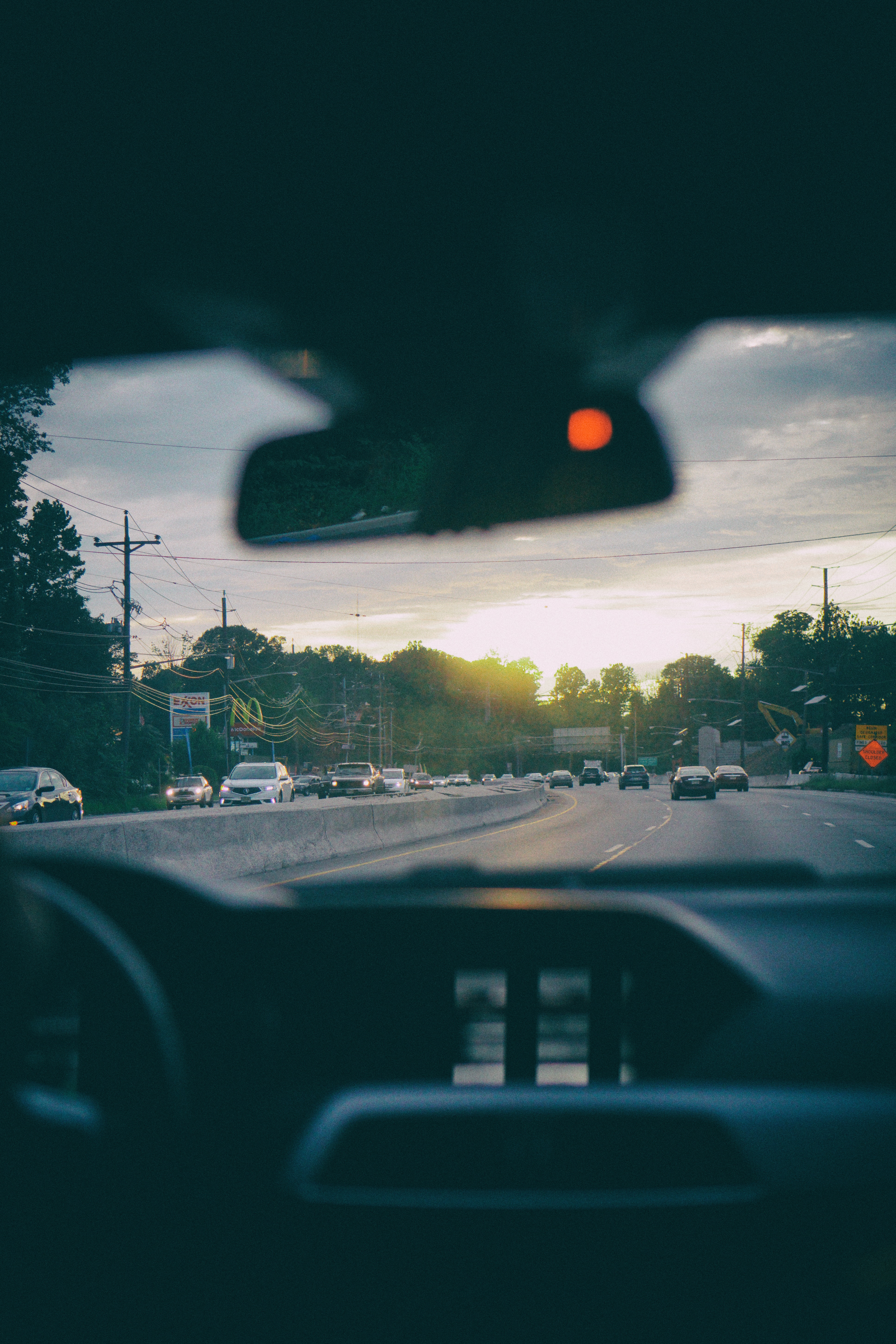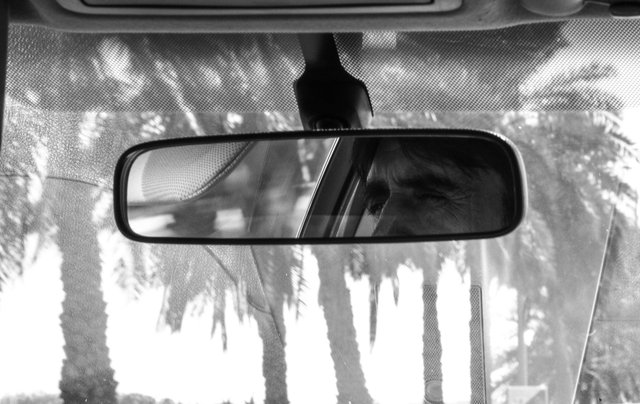FIVE RULES FOR BETTER DRIVING 🚘
Car accident has been a major reoccurring event in today's world. These occurrences may sometimes be due to mistakes made by some road users and these mistakes may keep on reoccurring unless road users acquaint themselves with the appropriate principles on road usage.
I believe even a good driver can reduce his chances of having accident by learning these simple rules for safety.
RULE 1: Aim High in Steering
Many drivers steer by watching the edge of the road on their left or the white line on the right. They are literally looking down over their bonnet or wing―low aim steering. A low-aim driver passing a lorry and watching to see how close his nearside wing is coming to it will instinctively steer too far to his right. To steer correctly, aim 150 or more feet ahead at the center of where you intend to drive.
Few people realize that we see clearly only through a small cone of central eyesight. When you look 100 feet ahead, what you see with this central eyesight is only five feet in width. At 300 feet the cone is 16 feet wide; at 1000 feet it is 52 feet wide. Most objects are first noticed by your “fringe vision” (upper, lower or side).
New drivers and many experienced ones mistakenly use central vision for steering , keeping their eyes so firmly on the road that important changes in the traffic may be missed.
You should depend chiefly on lower fringe vision for steering, so that central vision can move freely, check ahead and to the sides.
On the bends look well ahead at the center of where you are going to turn and your car will turn smoothly in the correct path. At night, keep glancing well in front of your headlight beam, looking for dark shapes on the road. If you cannot see clearly and you are forced to look low to find your way, the high-aim steering habit will automatically bring your speed down safely.
RULE 2: See the Big Picture
The car ahead should be viewed only as a tiny part of the big roadway scene.
.jpg)
Stay far enough behind (at least one car-length for each ten miles of speed) so that you can watch it with your fringe vision. Then you can keep your central vision sweeping: as far as the next crossroads when in town, half a mile ahead on open roads. This gives you immediate warning of any change in speed or direction by other vehicles, and lets you see problems facing other drivers so that you can judge what their next moves will be. You get warnings in time to make smooth stops or to avoid delay by steering to left or right.
Driving too close behind the car ahead creates two big dangers in seeing. It blocks your big-picture view, and if you keep close behind for too long, your central vision becomes fixed on the other car’s bumper so that you don’t see the big picture at all.
RULE 3: Keep Your Eyes Moving
Get in the habit of moving your eyes at least every 2 seconds. If a traffic situation grips your attention, get rid of it promptly by changing speed or steering to the left or right, or by warning with your horn― do all the three if needed―so that you can move your eyes again.
Without these eyes moving habits, your vision may be fixed on one traffic problem while you drive blindly towards another. (Thus one driver trying hard to steer clear of a line of parked cars, failed to see a child running into the street ahead. His foot was still on the accelerator when his car hit and killed the child.)
Use the rear-view mirror every 15 seconds if any traffic is ahead or behind. Check it at ones when your big picture driving shows a delay developing ahead. Before moving over to the left or right, check the rear and also glance to the left or right, to make sure that no car is in your “blind spot”.
When you stop at a halt sign or traffic light, look carefully before starting again. Most drivers think the move their eyes much more than they actually do. Probably the most common statement after an accident is, “I didn’t see him”.
RULE 4: Leave Yourself Room
Most drivers tend to move in a bunch. The expert driver makes sure there is plenty of space all round his car in case of emergency, and he reduces speed automatically when his view is caught by hills, bends, blind road junctions, parked cars or bad weather. Don’t give up this space simply to move ahead one place in a line of traffic. A driver coming up close behind you is a danger; get your space back by letting him pass.
RULE 5: Make Sure You are Seen
Sometimes you have to trust another driver not to make a wrong move. But first make certain that he sees your car and shows by action that he will stay where he is. If you are not sure, sound your horn or, at night, flash your headlights

When passing another vehicle, move up quickly to a position where the other driver will see you. Pass only when there is no reason to think the other driver will swerve. When you decide to pass, look well ahead and let your side vision watch the vehicle you are passing.
Conclusion
“That’s how I drive”, you may say. It’s true many of us do follow some of these rule some of the time. But the chances are that they are not habits―and it’s good habit that save lives in an emergency.
Image Sources
source1
source2
source3


